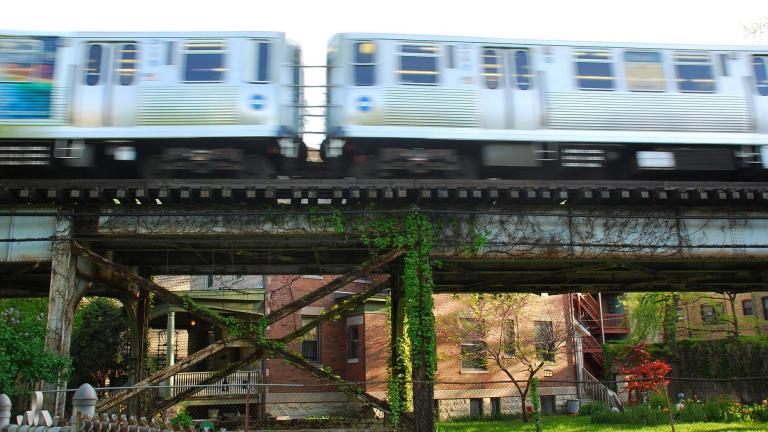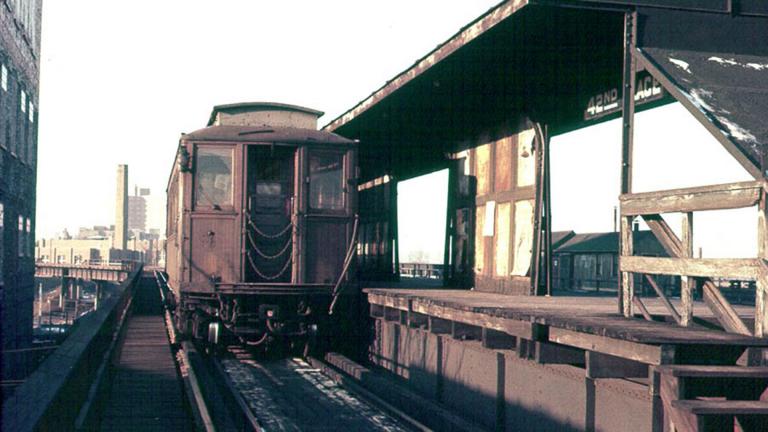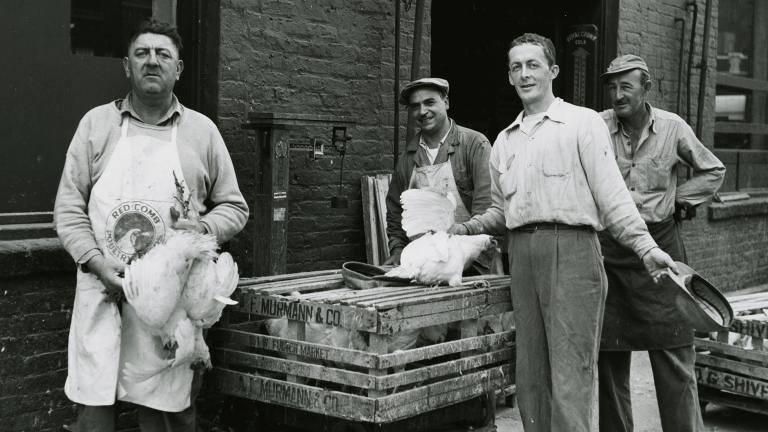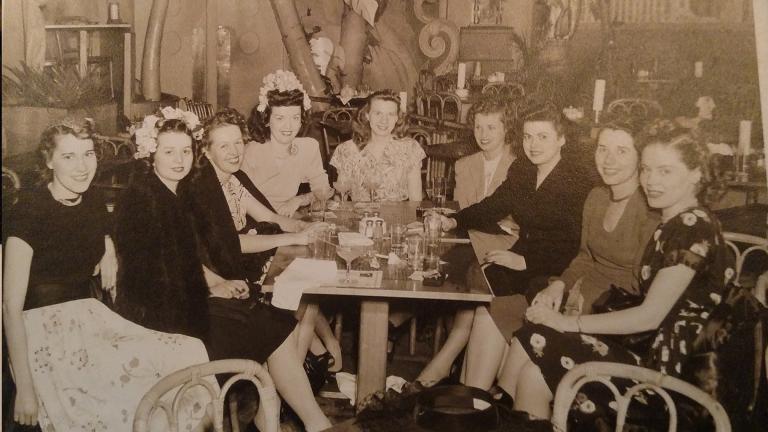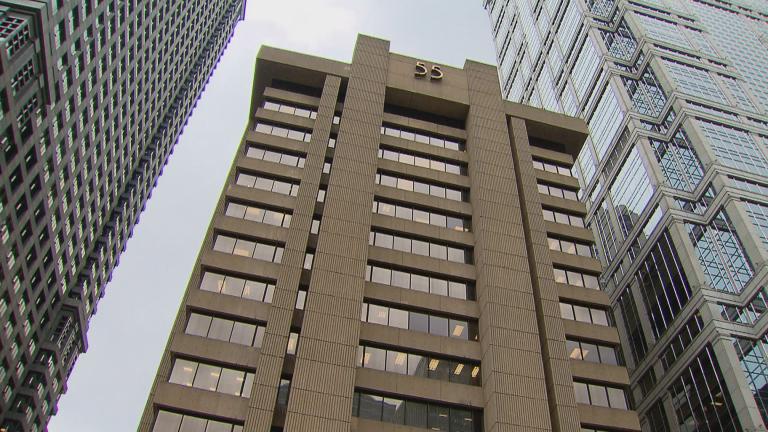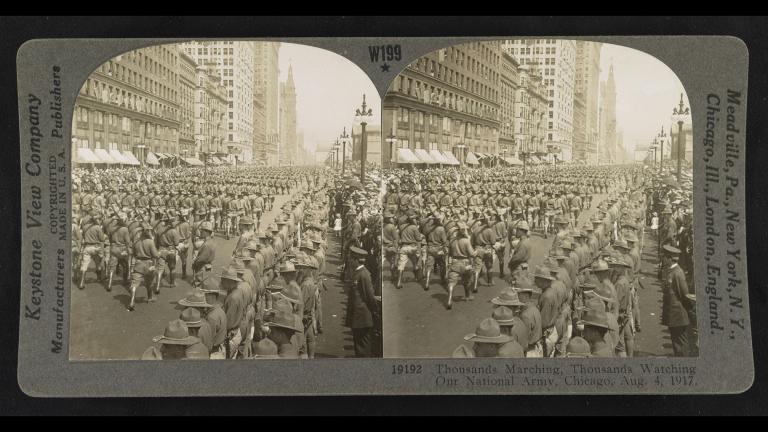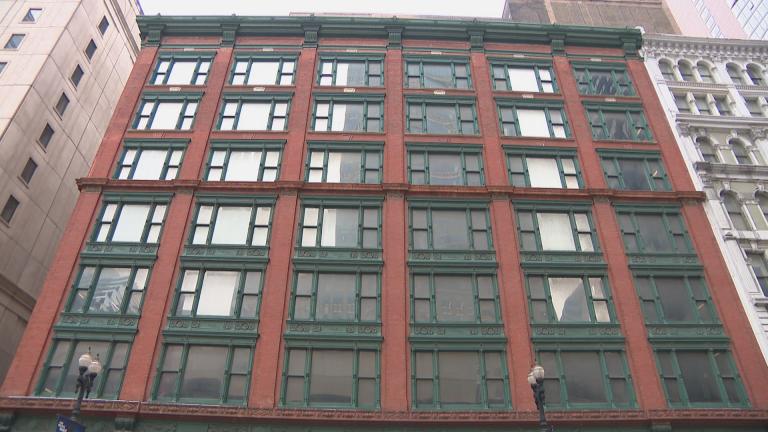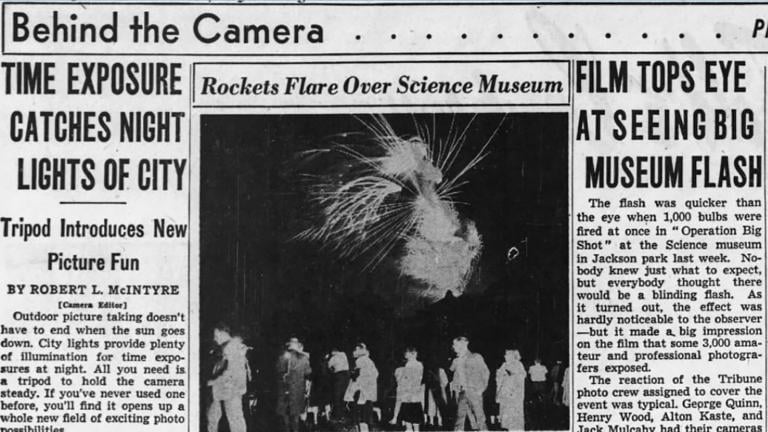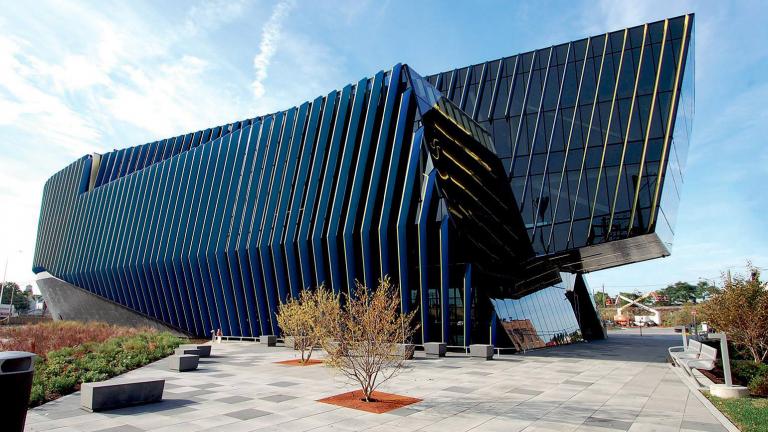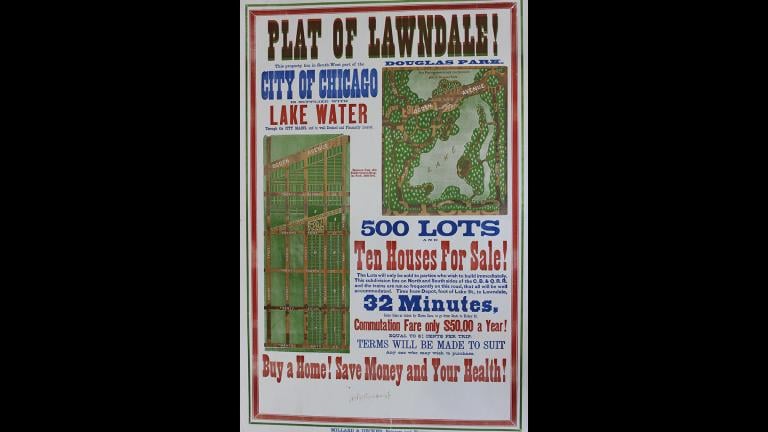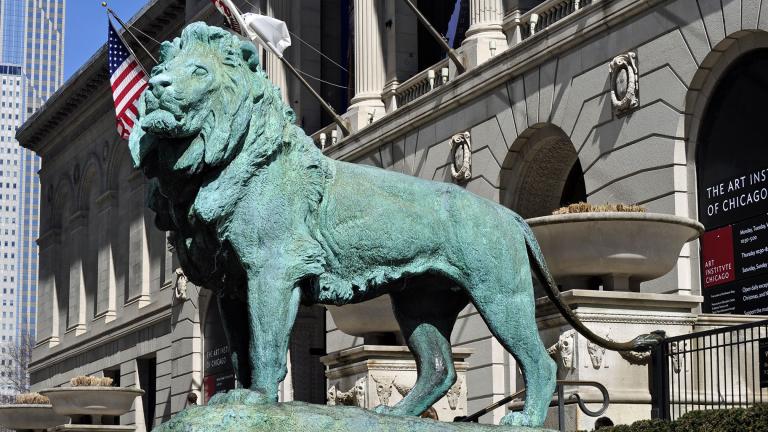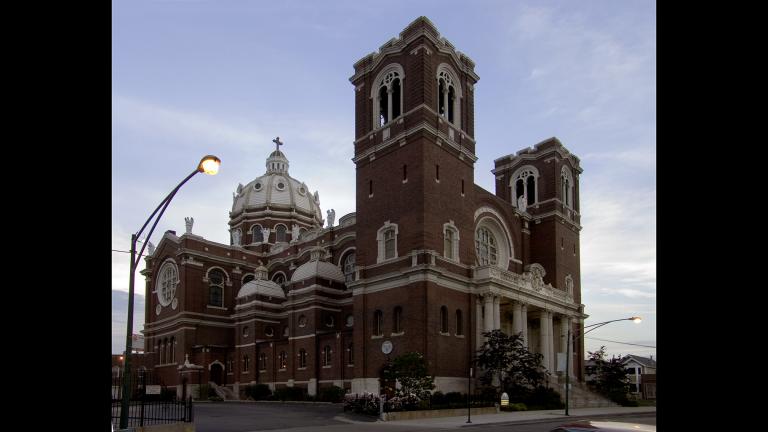Chicagoans may never agree about sports teams or local politics, but if there’s one thing that unites the city, it’s our elevated train lines — known, of course, as the “L.” Geoffrey Baer has this preview of the highly anticipated show.
Geoffrey Baer
Chicago’s “L” lines are today operated by the centralized Chicago Transit Authority. But for many years, private companies actually ran and managed individual branches. Geoffrey Baer has the story of one of them.
Fulton Market in Chicago’s West Loop is home to some of the city’s trendiest restaurants – and its highest rents. But the area’s history as an economic powerhouse is anything but new. Geoffrey Baer takes us back.
A viewer’s photo of her mother at a glamorous restaurant in 1940s Chicago left her wondering where the photo was taken. And we finally address an elephant in the room at Marshall Field’s.
What does a song about a mythical creature have to do with one of Chicago’s most prolific – and unusual – artists? Geoffrey Baer explains.
Love it or hate it, the architectural style known as brutalism has left its mark on cities all over the world. So what’s the story of brutalism in Chicago? Geoffrey Baer weighs in.
How did a Lincoln Park statue wind up standing in cities all over the world? Geoffrey Baer goes south of the border for the answer.
What do a train ride and an army parade have in common? Geoffrey Baer investigates two Chicago publicity stunts in this installment of Ask Geoffrey.
Before search engines and Wikipedia, where could Chicagoans go when they needed to know something fast? Geoffrey Baer serves up the story of a popular information service.
Geoffrey Baer shares the story behind a unique Chicago-made typewriter and the ornate 1907 building that served as its headquarters.
Today, taking a picture is as easy as a single click on a phone. But for many years, the process was much more intricate and time-consuming. Geoffrey Baer shines some light on the now largely forgotten event.
More than 350 buildings open their doors to the public this weekend. Geoffrey Baer takes us behind the scenes of several unique buildings featured as part of Open House Chicago.
As real estate development booms in pockets of the city, it feels like a new neighborhood is introduced every few months. This may seem like a relatively recent phenomenon, but in Chicago, the practice goes back decades. Geoffrey Baer explains.
From the Picasso to the Bean to countless city murals, public art is a vibrant part of Chicago culture. But for over a century, Chicagoans have taken special pride in a pair of sculptures watching over Michigan Avenue. Geoffrey Baer explains.
About a decade ago, Chicago tried, and failed, to bring the 2016 Summer Olympics to the city. But it wasn’t the first time Chicago tried to host a major international sporting event. Geoffrey Baer explains.
When driving along the Kennedy Expressway, you may have noticed massive churches that seem to almost line up with the curves and bends of the highway. Geoffrey Baer explains.

